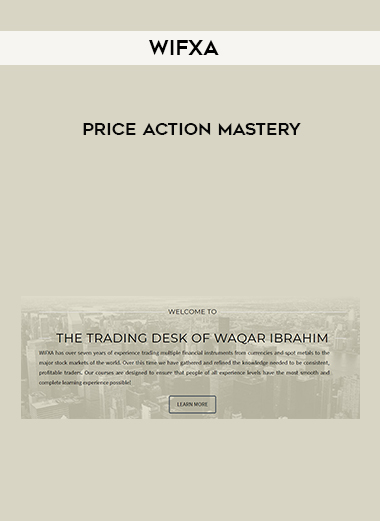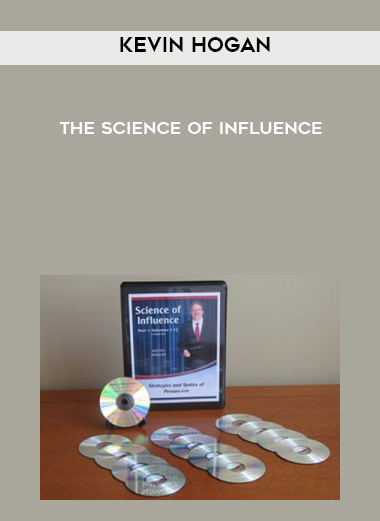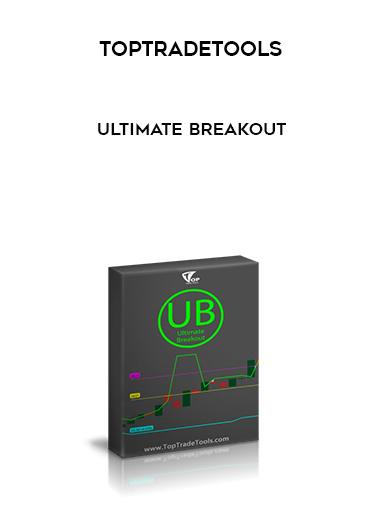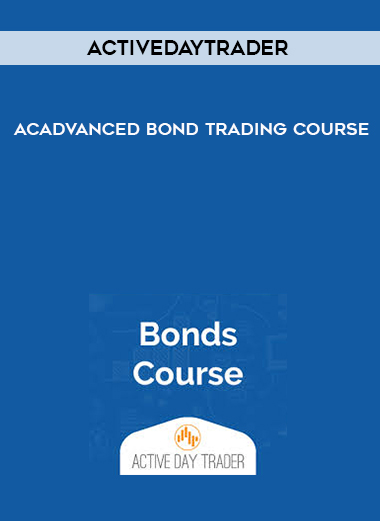
Radom walk Trading – Broken Wing Biiterfly (BWB) in 3 Hours
Salepage : Radom walk Trading – Broken Wing Biiterfly (BWB) in 3 Hours
Archive : Radom walk Trading – Broken Wing Biiterfly (BWB) in 3 Hours Digital Download
Delivery : Digital Download Immediately
Broken Wing Butterfly Spreads and Ratio Spread
Entry Criteria
Introduction
This section provides the reader with specific criteria and actual methodologies used by many floor traders to grind out a living doing these particular trades. This is the real trading secret of the floor. Most of the gamblers, scalpers, speculators, etc. on the trading floor eventually fall into a long series of bad trades and are then forced to leave the floor. But wouldn’t you like consistent profits month after month rather than a consistent loss with only one home run every 5-7 months? If you are looking for a low risk strategy that gives consistent returns, this strategy is hard to beat.
The very successful and disciplined traders continue to improve their level of knowledge since they are usually more mature and realistic about the prospects of their future than a lifelong speculator. Some of the improvements include combing trades by using their own set of criteria. Once continued and repeated success with a certain strategy develops, many traders will simply have a one, two, or three strategy repertoire from which they never deviate.
What Circumstances Are These Trades Good For?
Virtually any market condition makes an excellent environment!
The ratios or broken wing butterfly spreads can be traded with a long or short term timeframe until expiration, with high volatility or low volatility, with calls or puts, and with bullish, bearish, or neutral stances. The only time that these trades can be dangerous is during a dramatic market sell off over 15% in a couple of months which only happens every 2-7 years. Even then, it is rare that markets gap up or down more than 5%, so you could make an adjustment if needed. Random Walk, LLC. spent a considerable amount of time honing the available strategies down to just a few select trades that should consistently make money over the long run. There is always a chance that you may lose money, but we feel it’s fair to say that this is one of a handful of strategies that is most suitable for you.
Considerations That Make This a Good Trade
There are 4 major factors involved in selecting a great ratio spread or broken wing butterfly spread. As with most things in life, there is always a tradeoff with what you want and with what you can live. Selection of a ratio has the same type of tradeoffs. You would like to get a $3.50 credit to put the trade on, but then you will be taking on an exorbitant amount of risk. You would like it to expire the next day so that you have the greatest chance of determining where the index will close (as opposed to 2 months away), but then the premiums and strike spreads will not be good.
What you end up with when you have a great ratio spread is an even balance of all variables affecting the trade. These include:
Tradeoffs in Selecting a Great Ratio Spread
- Strike Distance – A larger distance between strikes is better.
- Distance From Being ATM
- Time until Expiration
Step 1: Select an underlying to trade.
Criteria
Unless you have a particular index that you like to trade all of the time, a good place to start looking for trades is in the OEX (S&P 100) index.
(If you are undercapitalized, you will be forced to use the MNX, DJX, orQQQQ index options. So scratch OEX out and use one of those after learning this material.)
Indexes
For this strategy, the most favorable instrument to use will be one of the available index products. There are several reasons for this:
- The trader can usually get one of these trades on for little to no capital outlay when the distance between strikes is a percentage of the index.
- The vast diversification of equities in an index dampens out the a-systematic risk (company specific risk) from allowing the underlying to move too great a distance in any given period. In other words, even if one company goes out of business in a day, the index’s extreme movement will be smoothed because there are so many stocks that make up an index. As a matter of fact, we will later show that the mathematical probability of the indexes getting into a dangerous area is slim provided you use the methodologies in this chapter correctly.
Below are two ratio spreads comparing an equity and an index that both have two weeks prior to the end of their expiration cycle. The table sums up well why traders prefer to do this type of strategy using index options as opposed to equity options.
A valid argument could be made to begin looking for the ratio spread in any of the indexes; however, one must start somewhere. Because of the tradeoffs, the OEX is an excellent compromise between the benefits and drawbacks of all of the indexes available.
OEX Strike Increments – The distance between strikes is very small on a percentage basis thus we can get a very precise analysis on the movement needed to maximize the trade’s potential and limit its downside risk. As of this writing the OEX index contains strike prices $5 apart. This $5 distance between strikes on a $565 index represents 9/10 of a 1% movement on the underlying between strikes
OEX Liquidity – Despite what some brokers may tell their clients about the OEX American exercise index, it still contains tighter markets between bid – ask, and – its liquidity is significantly larger than the XEO (European Exercise Index). Many brokers steer their clients away from this product because it is difficult to explain how to determine if the OEX has an early exercise possibility that day to uneducated clients.
More from Categories : Forex & Trading














Reviews
There are no reviews yet.